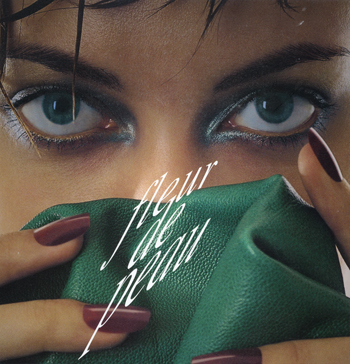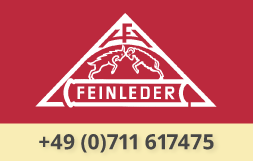- Feinleder Hoffmann
- Über uns
- Willkommen
- de
Willkommen
bei Firma Franz Hoffmann- Feinleder© in Stuttgart, dem internationalen Handelsunternehmen für alle Feinleder und Bucheinbandleder seit über 100 Jahren.
Eine deutsche Marke - in der ganzen Welt zuhause.
Leidenschaft für die Sache, denn Qualität ist immer die beste Lösung.
Werte, die Sie fühlen können. Jeden Tag!
Nicht nur wissen, welches Leder ankommt. Sondern auch, worauf!
Was uns unverwechselbar und stolz macht: Innovation, Qualität und Langlebigkeit.
Werte die wir Tag für Tag leben. Seit 1925.
Franz Hoffmann- Feinleder© fokussiert als einziger Anbieter in dieser Größe Kundenlösungen zur Verwendung spezieller Leder.
Gerne beraten wir Sie zum Thema Feinleder, Restaurier- Leder, Portefeuille- Leder, Objektleder (Interieur) und echte Hautpergamente.




























